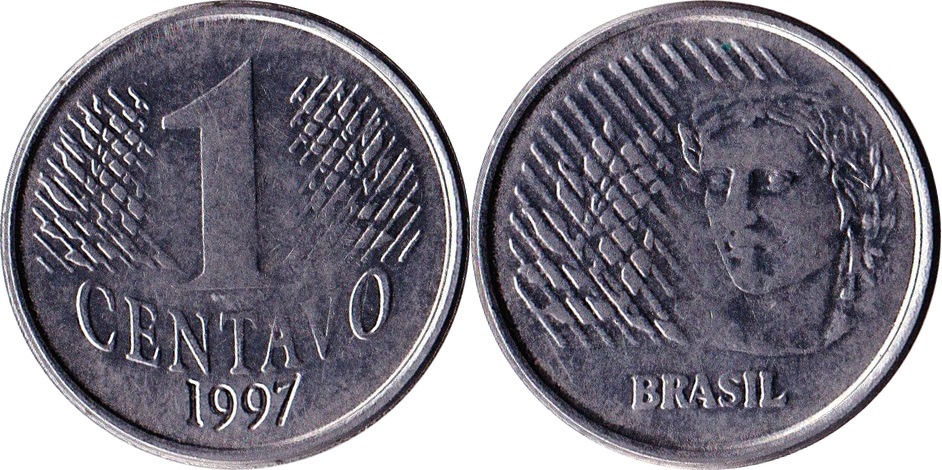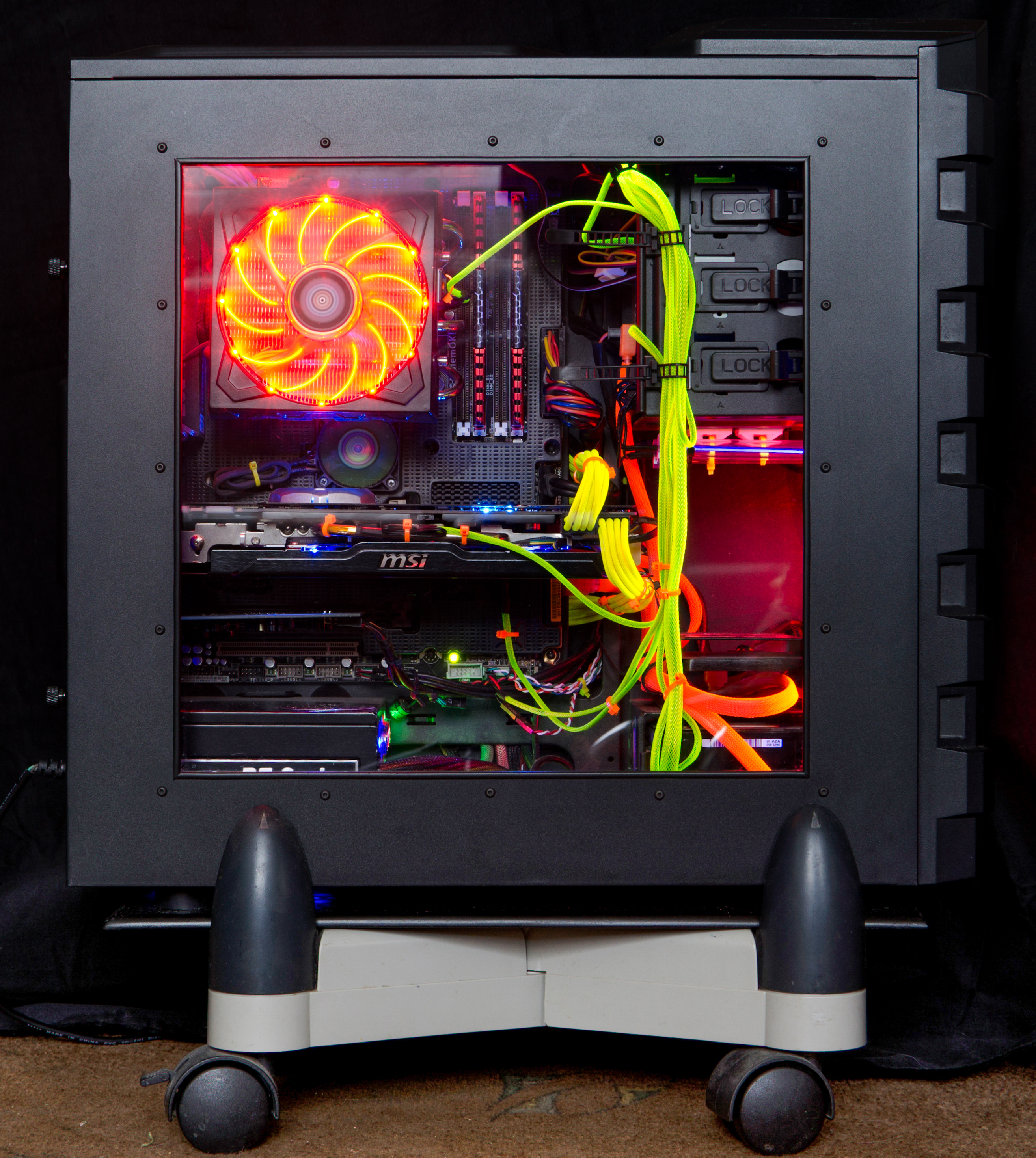|
NE-Z8000
The NE-Z8000 is a Brazilian homebuilt computer clone of the Sinclair ZX81, introduced in late 1982 by Prológica's subsidiary, the monthly magazine ''Nova Eletrônica''. General Information The NE-Z8000 computer is based around a Z80A CPU clocked at 3.6 MHz with 1KB of RAM (expandable to 16 KB). The 8KB ROM Rom, or ROM may refer to: Biomechanics and medicine * Risk of mortality, a medical classification to estimate the likelihood of death for a patient * Rupture of membranes, a term used during pregnancy to describe a rupture of the amniotic sac * ... comes with a built-in Sinclair BASIC interpreter. The machine has three input plugs, one socket for Composite video, composite video out and a part of the exposed circuit board where you can connect extra equipment. It has no switch; to turn it on, you simply plug it into the power supply. The video connector cable, about 120 cm long, should connect the computer to the television. A power supply provides 9V DC pow ... [...More Info...] [...Related Items...] OR: [Wikipedia] [Google] [Baidu] |
Prológica Indústria E Comércio De Microcomputadores
Prológica Indústria e Comércio de Mircrocomputadores, commonly shortened to Prológica, was an influential Brazilian microcomputer company that reached its peak in the mid-1980s, when it ranked third among national companies in the sector. History Founded in 1976, the company initially commercialized machines for accounting use, namely the ''MCA-100'' and ''Alpha Disk''. The first models had an Intel 8080 processor, and in the early months the company even managed to get a partnership with Olivetti. The company later specialized in producing products similar to the American TRS-80 series of microcomputers, under the general name of ''"CP" (for "Computador Pessoal" in Portuguese language, Portuguese, "Personal Computer" in English language, English).'' One of its biggest successes in the professional field was the ''CP-500'', compatible with the TRS-80 Model III. In 1990, the company was sued by Microsoft for creating ''SO16 ("Sistema Operativo 16")'', an operating system ... [...More Info...] [...Related Items...] OR: [Wikipedia] [Google] [Baidu] |
NE-Z80
The NE-Z80 was a homebuilt computer kit presented by ''Nova Eletrônica'' magazine on the October 1981 issue, a publication that was part of the Brazilian Prológica group. It was the first Sinclair ZX80 clone available in Brazil. With an introduction price of Cr$59,900, it was the cheapest microcomputer on sale in the country at the time. Specifications Specifications were similar to the original machine: * CPU: Z80A @ 3.25 MHz * Memory: ROM: 4 KiB; RAM: 1 KiB (extendable to 16 KiB) * Keyboard: 40 keys membrane keyboard * Display: 32 × 22 text; 64 × 44 semigraphics * Expansion: 1 slot * Outputs: 1 TV out (RF modulator, channel 2); cassette tape recorder audio in/out * Storage: Cassette tape (300 baud In telecommunication and electronics, baud (; symbol: Bd) is a common unit of measurement of symbol rate, which is one of the components that determine the speed of communication over a data channel. It is the unit for symbol rate or modulatio ...) ... [...More Info...] [...Related Items...] OR: [Wikipedia] [Google] [Baidu] |
Kilobyte
The kilobyte is a multiple of the unit byte for digital information. The International System of Units (SI) defines the prefix ''kilo'' as 1000 (103); per this definition, one kilobyte is 1000 bytes.International Standard IEC 80000-13 Quantities and Units – Part 13: Information science and technology, International Electrotechnical Commission (2008). The internationally recommended unit symbol for the kilobyte is kB. In some areas of information technology, particularly in reference to solid-state memory capacity, ''kilobyte'' instead typically refers to 1024 (210) bytes. This arises from the prevalence of sizes that are powers of two in modern digital memory architectures, coupled with the accident that 210 differs from 103 by less than 2.5%. A kibibyte is defined by Clause 4 of IEC 80000-13 as 1024 bytes. Definitions and usage Base 10 (1000 bytes) In the International System of Units (SI) the prefix ''kilo'' means 1000 (103); therefore, one kilobyte is 1000 bytes. The u ... [...More Info...] [...Related Items...] OR: [Wikipedia] [Google] [Baidu] |
Early Microcomputers
{{disambiguation, geo ...
Early may refer to: History * The beginning or oldest part of a defined historical period, as opposed to middle or late periods, e.g.: ** Early Christianity ** Early modern Europe Places in the United States * Early, Iowa * Early, Texas * Early Branch, a stream in Missouri * Early County, Georgia Other uses * ''Early'' (Scritti Politti album), 2005 * ''Early'' (A Certain Ratio album), 2002 * Early (name) * Early effect, an effect in transistor physics * Early Records, a record label * the early part of the morning See also * Earley (other) Earley is a town in England. Earley may also refer to: * Earley (surname), a list of people with the surname Earley * Earley (given name), a variant of the given name Earlene * Earley Lake, a lake in Minnesota *Earley parser, an algorithm *Earley ... [...More Info...] [...Related Items...] OR: [Wikipedia] [Google] [Baidu] |
Brazilian Real
The Brazilian real (plural, pl. '; currency symbol, sign: R$; ISO 4217, code: BRL) is the official currency of Brazil. It is subdivided into 100 centavos. The Central Bank of Brazil is the central bank and the issuing authority. The real replaced the Brazilian cruzeiro real, cruzeiro real in 1994. As of April 2019, the real was the twentieth most traded currency. History Currencies in use before the current real include: * The ''Portuguese real'' from the 16th to 18th centuries, with 1,000 ''réis'' called the ''milréis''. * The ''Brazilian real (old), old Brazilian real'' from 1747 to 1942, with 1,000 ''réis'' also called the ''milréis''. * The ''Brazilian cruzeiro (1942–1967), first cruzeiro'' from 1942 to 1967, at 1 cruzeiro = 1 ''milréis'' or 1,000 ''réis''. * The ''Brazilian cruzeiro novo, cruzeiro novo'' from 1967 to 1970, at 1 cruzeiro novo = 1,000 first cruzeiros. From 1970 it was simply called the ''Brazilian cruzeiro (1967-1986), (second) cruzeiro'' and was u ... [...More Info...] [...Related Items...] OR: [Wikipedia] [Google] [Baidu] |
Composite Video
Composite video is an analog video signal format that carries standard-definition video (typically at 525 lines or 625 lines) as a single channel. Video information is encoded on one channel, unlike the higher-quality S-Video (two channels) and the even higher-quality component video (three or more channels). In all of these video formats, audio is carried on a separate connection. Composite video is also known by the initials CVBS for composite video baseband signal or color, video, blanking and sync, or is simply referred to as ''SD video'' for the standard-definition television signal it conveys. There are three dominant variants of composite video signals, corresponding to the analog color system used: NTSC, PAL, and SECAM. Usually composite video is carried by a yellow RCA connector, but other connections are used in professional settings. Signal components A composite video signal combines, on one wire, the video information required to recreate a color picture, a ... [...More Info...] [...Related Items...] OR: [Wikipedia] [Google] [Baidu] |
Read-only Memory
Read-only memory (ROM) is a type of non-volatile memory used in computers and other electronic devices. Data stored in ROM cannot be electronically modified after the manufacture of the memory device. Read-only memory is useful for storing software that is rarely changed during the life of the system, also known as firmware. Software applications (like video games) for programmable devices can be distributed as plug-in cartridges containing ROM. Strictly speaking, ''read-only memory'' refers to memory that is hard-wired, such as diode matrix or a mask ROM integrated circuit (IC), which cannot be electronically changed after manufacture. Although discrete circuits can be altered in principle, through the addition of bodge wires and/or the removal or replacement of components, ICs cannot. Correction of errors, or updates to the software, require new devices to be manufactured and to replace the installed device. Floating-gate ROM semiconductor memory in the form of erasab ... [...More Info...] [...Related Items...] OR: [Wikipedia] [Google] [Baidu] |
Homebuilt Computer
A custom-built or homebuilt computer is a computer assembled from available components, usually commercial off-the-shelf (COTS) components, rather than purchased as a complete system from a computer system supplier, also known as pre-built systems. A custom-built or homebuilt computer is usually considered cheaper to assemble as compared to buying a pre-built computer, since it excludes the labour cost associated with building the computer. However, depending on the person’s budget, build quality, and total cost of parts used, it can still be expensive to build a custom-built computer or equivalent (see Costs of building computers). Homebuilt computers are almost always used at home, like home computers, but home computers are traditionally purchased already assembled by the manufacturer. However, some suppliers provide both home and homebuilt computers, like the Newbear 77-68, which the owner was expected to assemble and use in his or her home. History Computers have bee ... [...More Info...] [...Related Items...] OR: [Wikipedia] [Google] [Baidu] |
Random-access Memory
Random-access memory (RAM; ) is a form of computer memory that can be read and changed in any order, typically used to store working Data (computing), data and machine code. A Random access, random-access memory device allows data items to be read (computer), read or written in almost the same amount of time irrespective of the physical location of data inside the memory, in contrast with other direct-access data storage media (such as hard disks, CD-RWs, DVD-RWs and the older Magnetic tape data storage, magnetic tapes and drum memory), where the time required to read and write data items varies significantly depending on their physical locations on the recording medium, due to mechanical limitations such as media rotation speeds and arm movement. RAM contains multiplexer, multiplexing and demultiplexing circuitry, to connect the data lines to the addressed storage for reading or writing the entry. Usually more than one bit of storage is accessed by the same address, and RAM ... [...More Info...] [...Related Items...] OR: [Wikipedia] [Google] [Baidu] |
Sinclair ZX81
The ZX81 is a home computer that was produced by Sinclair Research and manufactured in Dundee, Scotland, by Timex Corporation. It was launched in the United Kingdom in March 1981 as the successor to Sinclair's ZX80 and designed to be a low-cost introduction to home computing for the general public. It was hugely successful; more than 1.5 million units were sold. In the United States it was initially sold as the ZX-81 under licence by Timex. Timex later produced its own versions of the ZX81: the Timex Sinclair 1000 and Timex Sinclair 1500. Unauthorized List of ZX80 and ZX81 clones, ZX81 clones were produced in several countries. The ZX81 was designed to be small, simple, and above all, inexpensive, with as few components as possible. Video output is to a television set rather than a dedicated computer monitor, monitor. computer program, Programs and data are Loader (computing), loaded and saved onto compact audio cassettes. It uses only four silicon chips and a mere 1 KB ... [...More Info...] [...Related Items...] OR: [Wikipedia] [Google] [Baidu] |




